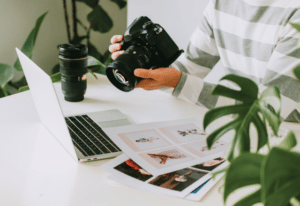10 Tips For Safe, Successful Outdoor Photography Shoots.
May 24th, 2023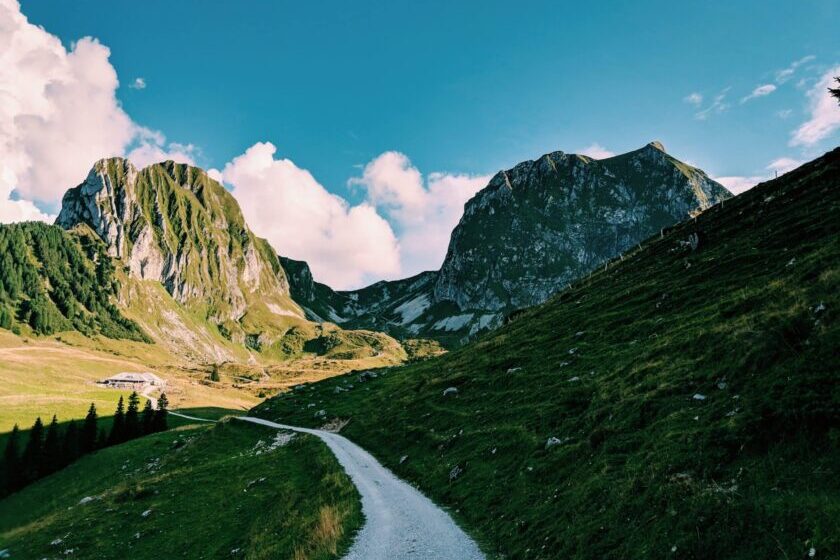
Outdoor photography is as rewarding as it is challenging. Imperfect weather conditions, planning for the desired light, and being aware of potential safety hazards at your shoot locations can all affect your ability as a photographer to translate beautiful scenery into captivating images.
Getting the perfect outdoor shot takes practice, patience, and a keen awareness of your surroundings. Here are 10 essential tips to stay safe while capturing professional-standard photos in the great outdoors.
1. Always carry a tripod.
Using a tripod is one of the easiest ways to improve your outdoor photography. The stability eliminates camera shakes and ensures sharp, in-focus images. It also allows you to use a wide-angle lens or to shoot with a slower shutter speed for a deeper depth of focus.
You can adjust the height of the tripod for low or high-angle shots, which lets you get more creative with your composition and more options when you get back home and begin editing your shots. They are indispensable when it comes to nighttime landscape photography, allowing you to capture the milky way, long exposures showing the movement of the night sky, or even the aurora borealis.
If you plan on creating panoramic or time-lapse sequences, a tripod also ensures consistent framing and composition throughout your images.
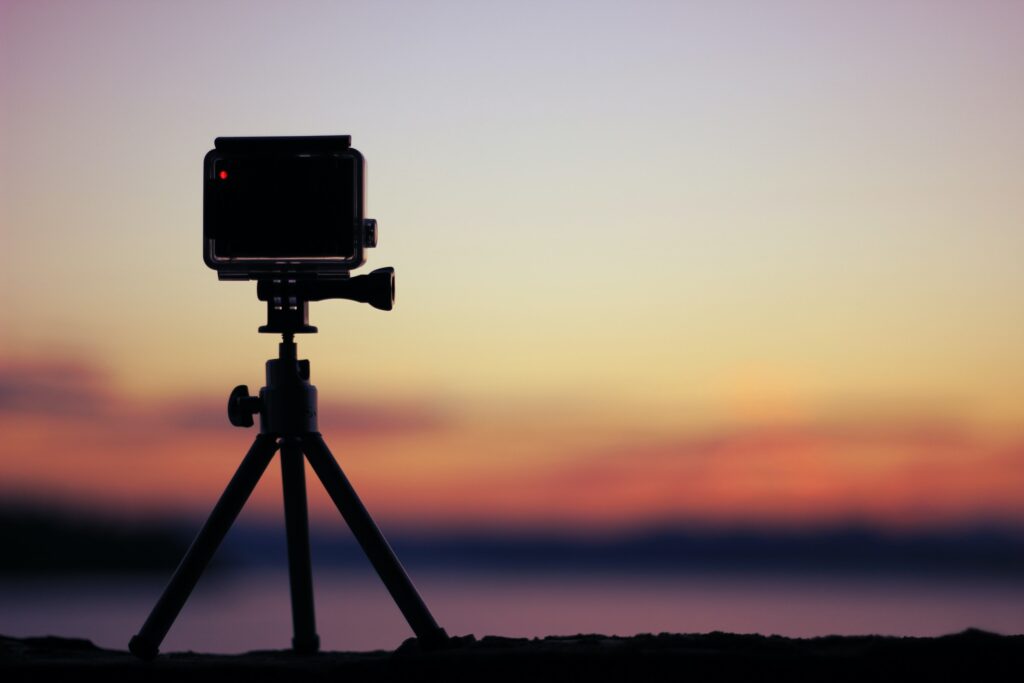
2. Catch the action.
The best part about outdoor photography is the dynamism. Make sure that you capture this in your images.
One way you can do this is by panning with a moving subject, using slow or fast shutter speeds, and moving your camera on purpose.
When you are not photographing moving subjects, you can still add a sense of action to your images by looking out for dynamic light, cloud structures, or natural motion caused by wind or water through your frame.
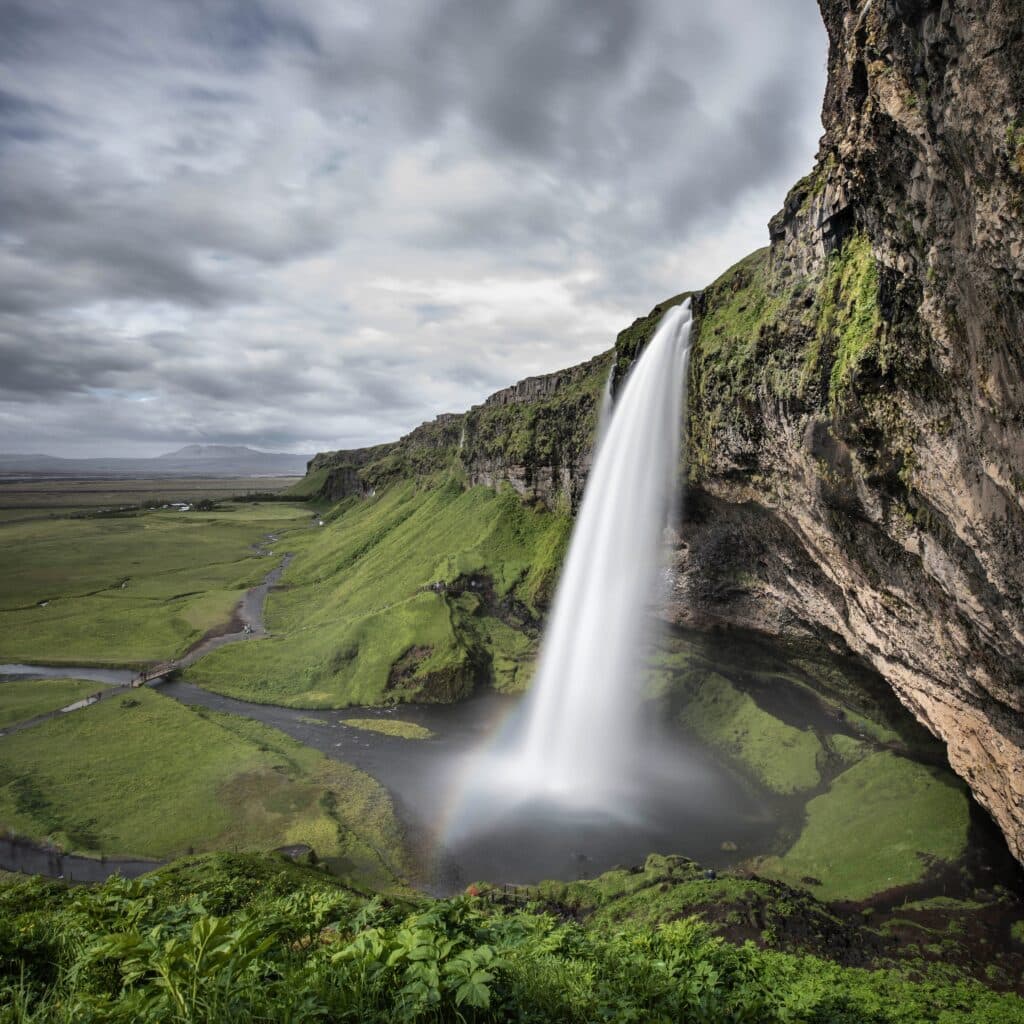
3. Plan for all weather.
Mother Nature is a lovely muse, but she is ever-changing. Planning for all weather conditions prepares you for any situation, ensuring that you still capture great photos.
To stay safe, you’ll need to have the appropriate gear to keep your equipment safe, such as rain covers or lens hoods.
Knowing the weather ahead of time allows you to plan your shot list and maximize the potential of the available lighting. Rainy conditions, for example, can create beautiful reflections and dramatic lighting.
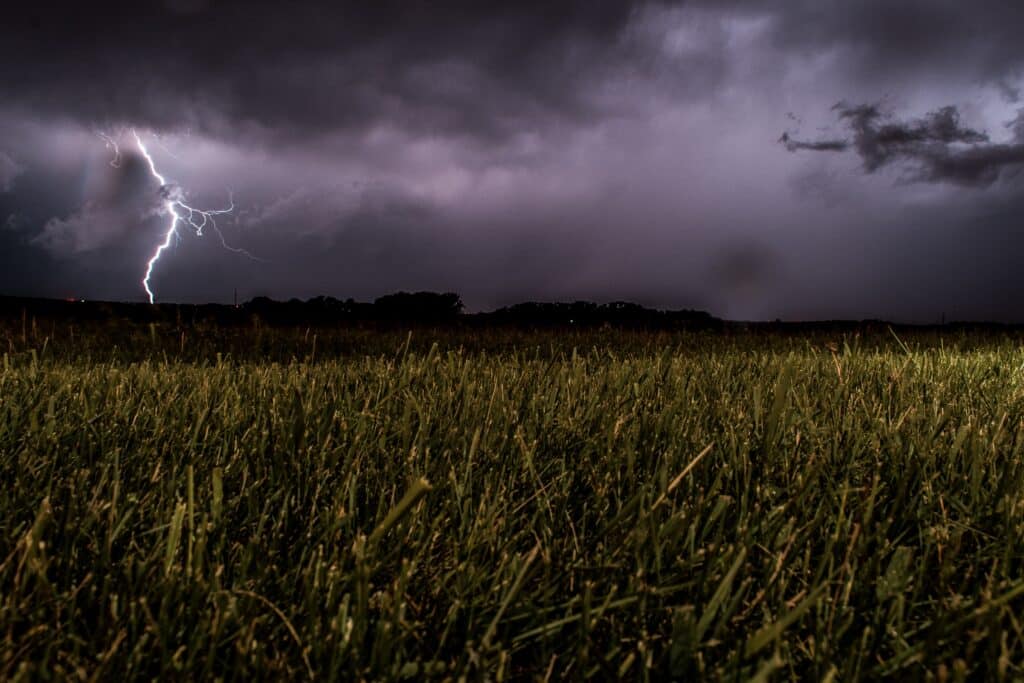
4. Do your research.
When you’re keen to get outside and shoot, researching your location can feel like too much work. But failing to do so could sabotage your trip in many different ways.
Research the exact times for sunset and sunrise as well as the cloud-to-blue sky ratio that day, and more location-specific details such as tide schedules if you’re going to be on the beach. For urban landscape photography, check out the traffic and crowd flow patterns in the area.
Many apps can help you cover all your bases before heading out. But it’s always best to scout out your location in person before your shoot day. That way, you can keep an eye out for scenes, compositions, and objects that will work well for you when you’re ready to shoot.
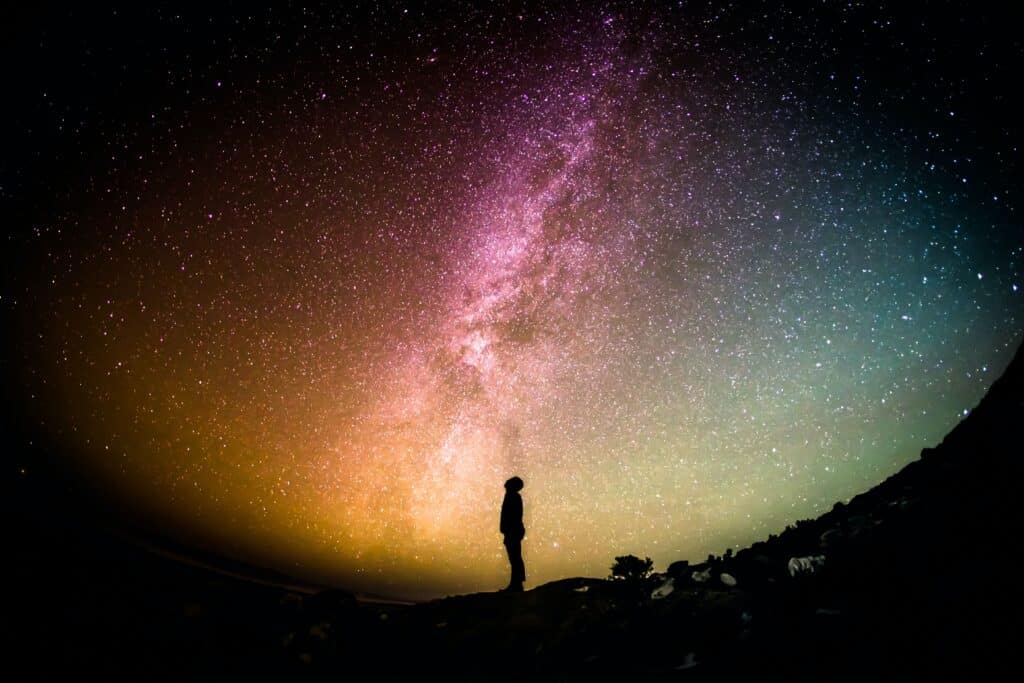
5. Be risk-averse.
On the subject of research, it’s a good idea to know if you’ll face any risks upfront. Find out if the area you’re planning on shooting in has any wildlife you need to watch out for. Bears, snakes, spiders and even wasps or bees can be extremely hazardous.
You should also check if there is any potentially dangerous terrain, if there are flash flood risks, unseasonable hail or snow in the forecast, or if there’s lack of mobile reception in some areas. The better your awareness of the risks where you’re shooting, the easier it is to keep yourself safe.
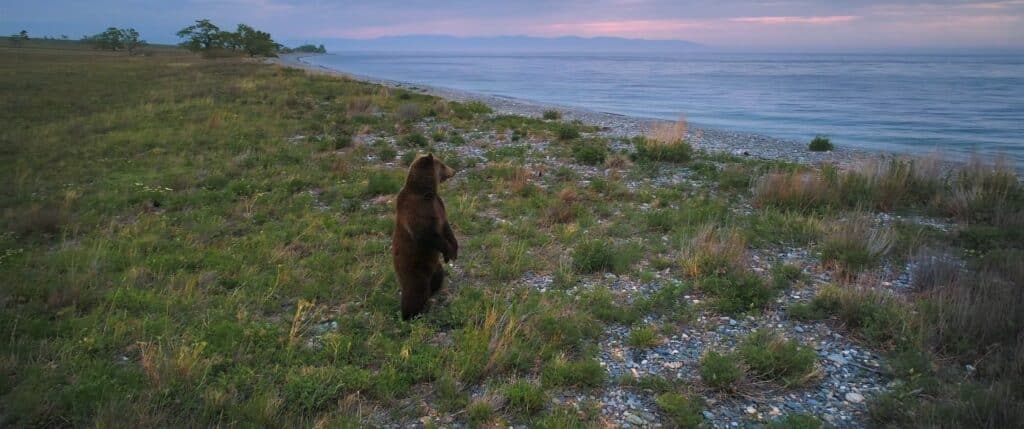
6. Pick the right camera.
There is no one ideal camera for outdoor photography. The right camera depends on your needs and preferences for the shoot.
Some factors to consider when choosing a camera for outdoor photography include:
Image quality: Look for cameras with a high-resolution sensor and good dynamic range to capture vivid colors and details.
Portability: Outdoor photography usually involves a lot of moving around. A lightweight and portable camera is best, as you have more freedom of movement. Some photographers prefer mirrorless cameras for this reason, although DSLR’s are still a popular choice.
Battery life: When you’re outdoors, you probably won’t have access to a charger. If you’re spending the whole day outside, always pack extra batteries or use a camera that has the ability to use external battery packs.
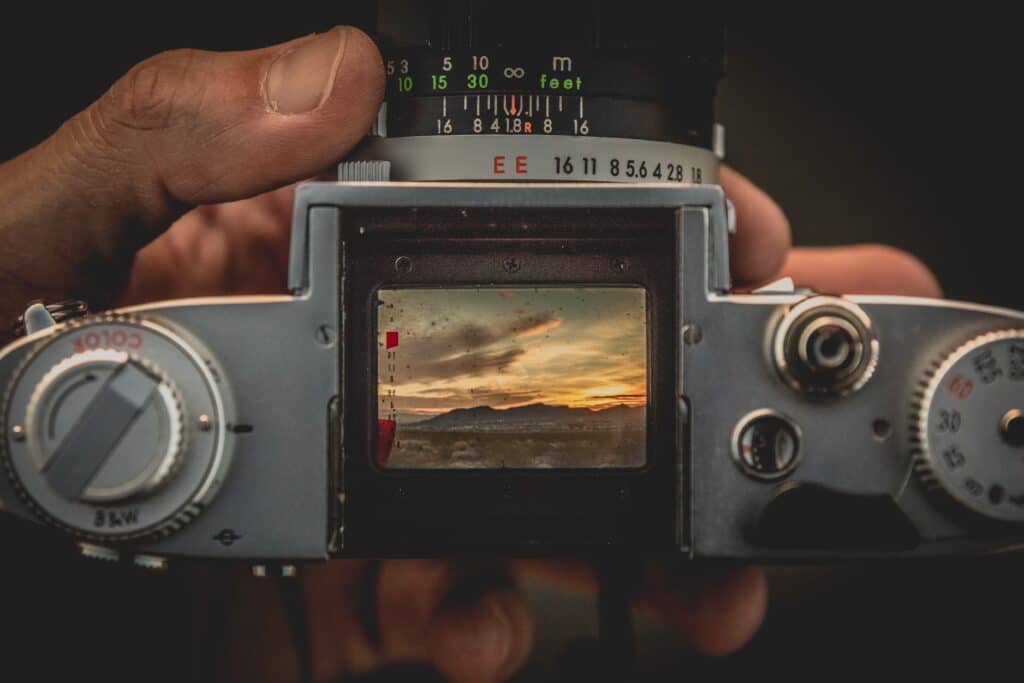
7. Be mindful of direct sunlight.
Direct sunlight can create high contrast, overexposed highlights, and harsh shadows in your images. But it can also give a striking and dramatic effect in certain situations, like when it’s the golden hour or when you want to capture a silhouette.
To avoid harsh shadows, shoot in the golden hour. This is the time just before sunset or just after sunrise when the light is soft and warm. If that’s not possible, then you can also use diffusers or reflectors to soften the light and fill in the shadows.
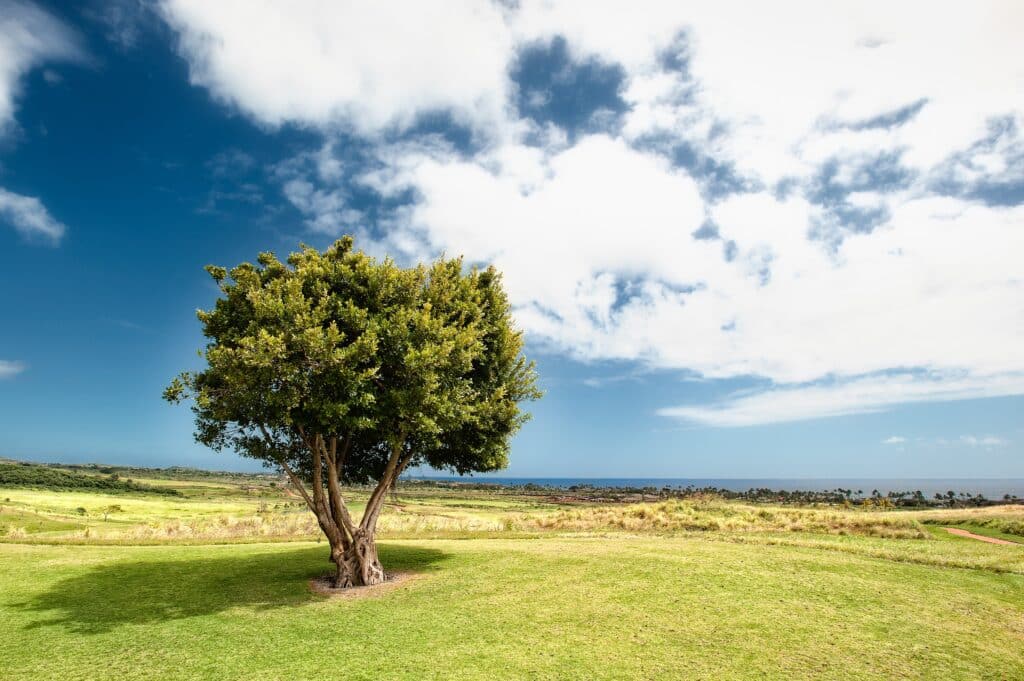
8. Keep an eye on your valuables.
When you’re in the great outdoors it’s easy to become engrossed in capturing the perfect shot and lose track of your surroundings. This makes it easier for someone to steal your valuables.
Items such as your wallet, cell phone, camera gear, and any other personal items are ideal targets for theft, especially in crowded areas or tourist attractions.
Hiding or securing your valuables reduces the risk of theft and adds to your overall safety. You can do this by using a secure backpack with zippers and compartments to keep them out of sight.
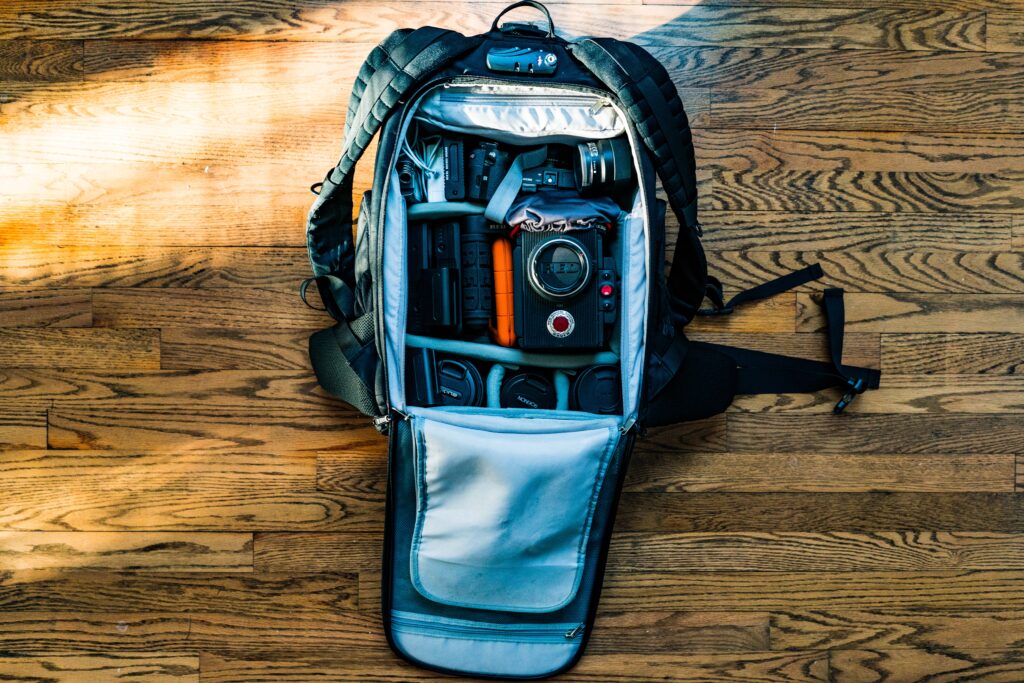
9. Bring all the essentials.
Believe it or not, you’ll need more than just your camera for a safe and successful outdoor photography mission. Pack enough water and snacks to keep you energized throughout the day and a change of clothes or a jacket for cooler weather conditions.
It’s a good idea to pack basic emergency supplies too. If you’ve done a first aid course, you’ll know that Band-Aids, bandages, and tweezers are essential, so be sure to put these in your bag. You could also pack antihistamines and painkillers, just in case.

10. Pay attention to your composition.
This is the trickiest part of outdoor photography. Using the elements of composition in harmony can feel like an impossible science, but here are some basic principles to keep in mind:
Visual weight: Visual hierarchies strategically guide the viewer’s eye through the composition pleasingly. Consider what draws your eye first in an image and how you want viewers to move through the composition from there, then frame your shots to add these elements to your work.
Simplification: Outdoor photography is not simply capturing what you see in front of you and passing it along to the viewer. It’s also about creating emotion. Simple compositions, like a green field that stretches for miles, catching a glorious sunset, or the moodiness of a foggy day, are some artistic choices that can make this goal achievable.
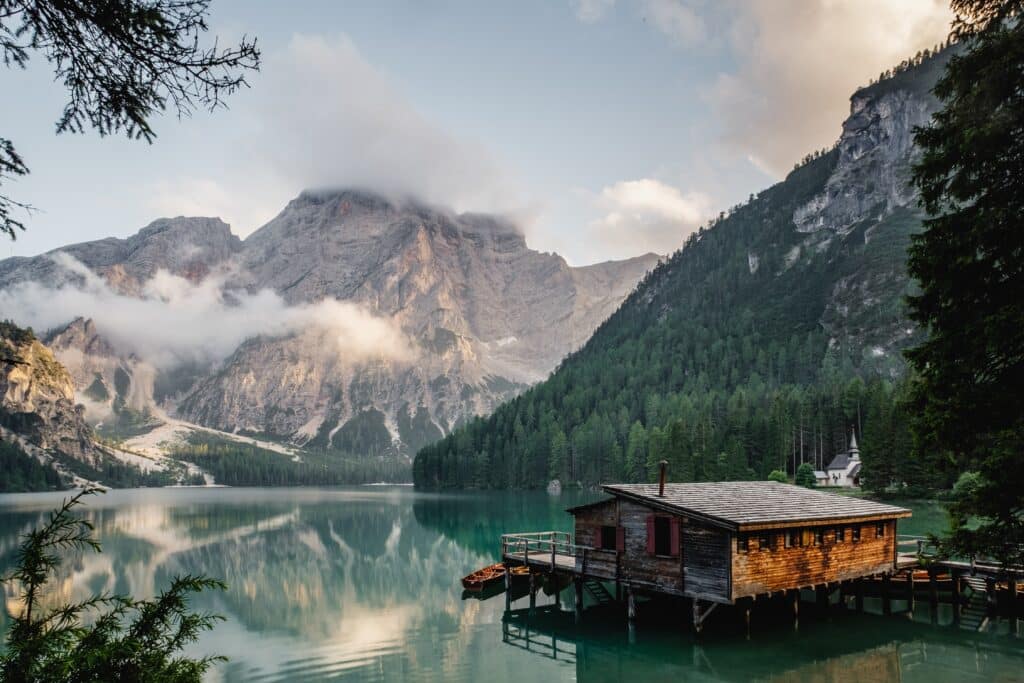
Snap away!
Outdoor photography is exhilarating and rewarding, but it can also be challenging. By following these essential tips, you can ensure that you stay safe while capturing captivating images that your potential clients will love, or that have great saleability in your custom online shop.
